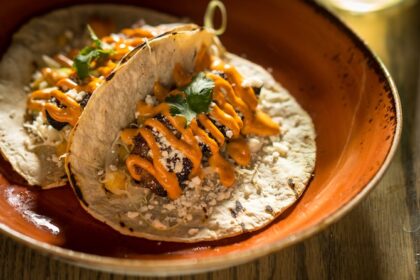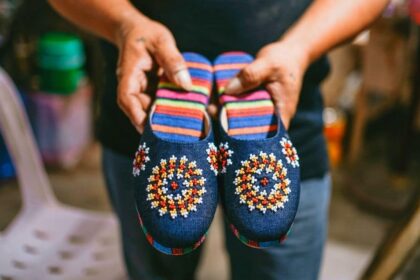
“I never thought of Holy Crap as cereal, but as a survival kit.”
I’m currently on British Columbia‘s Sunshine Coast touring the Holy Crap cereal plant. It’s a small yet well- run factory with 20 employees who have all been a part of the company since Day 1. But these people aren’t just making cereal, they’re helping to save lives.
While it may appear to some that Brian Mullins and his wife Corin are in the breakfast foods business, those who know the story of Holy Crap understand it has capabilities beyond just filling your stomach. After being trapped during the 1998 ice storm in Quebec — Canada‘s largest national disaster — the couple became interested in the idea of food survival, wanting to create something that would not only be nutritious but also non-perishable that could by eaten by those with food sensitivities — something Brian dealt with — and special diets like vegan and gluten-free. And that’s how Holy Crap was born, a business started from only $129.
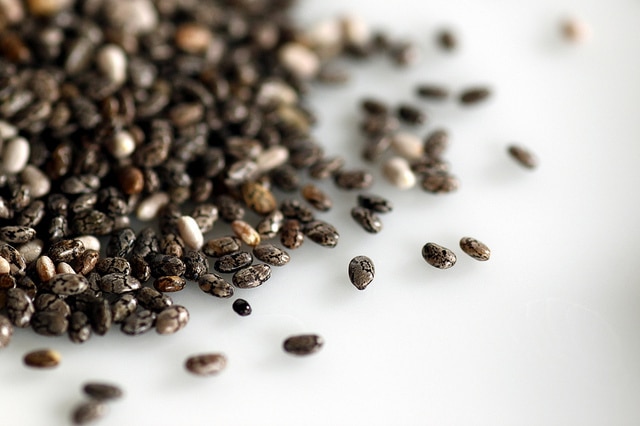
Before I get into what Holy Crap is and what it does, the first question most people have pertains to where the name comes from. The product’s original name when it came out in 2009 was Happi Foods, and Brian and Corin would sell about 10 bags per day at the local Sechelt Farmer’s Market. Then one day a potential customer sampled the cereal, shouting “Holy crap, this is amazing!” This was the inspiration for became the product’s new name: Holy Crap.
Immediately the bags sold per day increased from 10 to 100, which skyrocketed even further when the Mullins were invited to appear on “Dragons’ Den” (Canada’s version of “Shark Tank”). Jim Treliving, one of the Dragons, fell in love with the product immediately, offering Brian and Corin a deal on the November 2010 Dragons’ Den TV episode. In fact, after shouting “Holy Crap, is this ever good!” he said to Brian and Corin “Let’s get this done, tell me what you want. I just want to buy into your company.”
Despite being made an offer, in the end the Mullins wanted to keep the product local to give to the community that supported them. They moved forward without any financial aid from the dragons — although their television appearance helped them make $5 million that year.
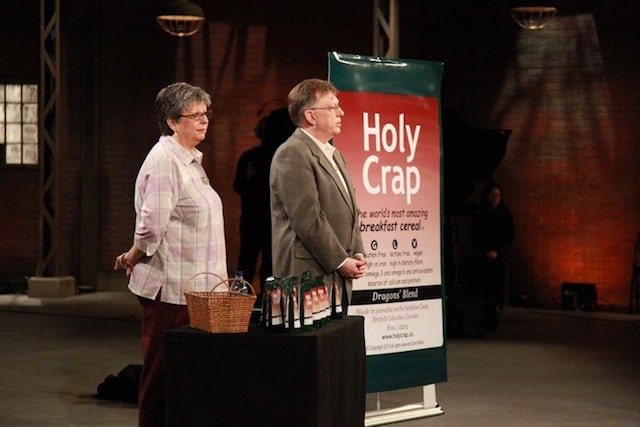
While the brand name is great for marketing, Holy Crap is legitimately a one-of-kind local product. The ingredients of the cereal include chia, hemp hearts, buckwheat and sometimes dried fruit depending on what bag you buy. It’s a certified organic, non-GMO all natural product, and 65% of the ingredients are locally sourced. The non-perishable cereal has been everywhere from the International Space Station to out in the battlefield to be eaten by soldiers. At any given moment, their plant — which created 20 new local jobs — could sustain every resident of the Sunshine Coast for an entire week, making it a lifeline in case a natural disaster like the one the Mullins experienced in Quebec happened again.
And while they can’t advertise this as it hasn’t been FDA approved, many of their customers claim it’s been a fountain of youth for them and has even helped put their cancer into remission. Whether this is true or not, it’s a fact that chia has more calcium in one seed than any other plant on the planet, is rich in Omega-3 fatty acids, is full of antioxidants, and contains 10 grams of fiber in just two tablespoons; buckwheat helps with high blood pressure, aids in digestion, is gluten free and helps in the management of diabetes; and hemp hearts promote cellular development, lower blood pressure and cholesterol, and are high in iron and Vitamin E. Basically, you know you’re essentially getting an all-encompassing shot of natural medicine through some of the world’s top super foods.
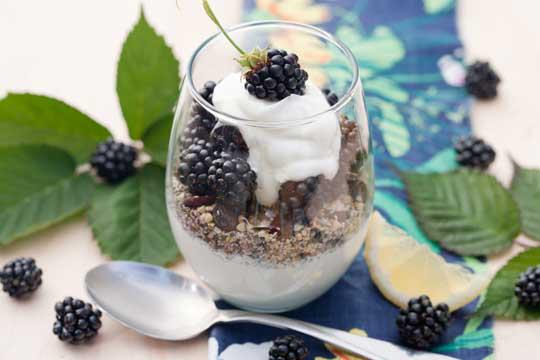
Keep in mind, this cereal packs a healthy punch in only a small dose. While typical sugar and GMO cereals require you to pour a mound of processed flakes into a bowl with milk, a serving size of Holy Crap is just two tablespoons. Put some in a cup, add a bit of water then store it in the refrigerants for five minutes to allow the cereal to puff up. From there, it’s great in yogurt, pancake batter, smoothies, granola bars and even entree dishes. Click here for a list of Holy Crap-infused recipes.
Have you tried Holy Crap cereal? What are your thoughts?
Jessica Festa
Latest posts by Jessica Festa (see all)
- A Culturally-Immersive Adventure In Mongolia’s Altai Mountains - Jul 8, 2023
- This Recipe Sharing Platform Supports Women In The Culinary Industry (Labneh Recipe Included!) - Nov 5, 2020
- Hiking The Mohare Danda Community Eco-Trek In Nepal - Jun 3, 2020
- 6 Important Questions For Choosing A Responsible Yoga Retreat - May 18, 2020
- How To Create & Grow A Profitable Blogging Business (Ethically) - Jan 18, 2020


